Dog hair around the house? See which breeds shed the most and how to minimize the problem
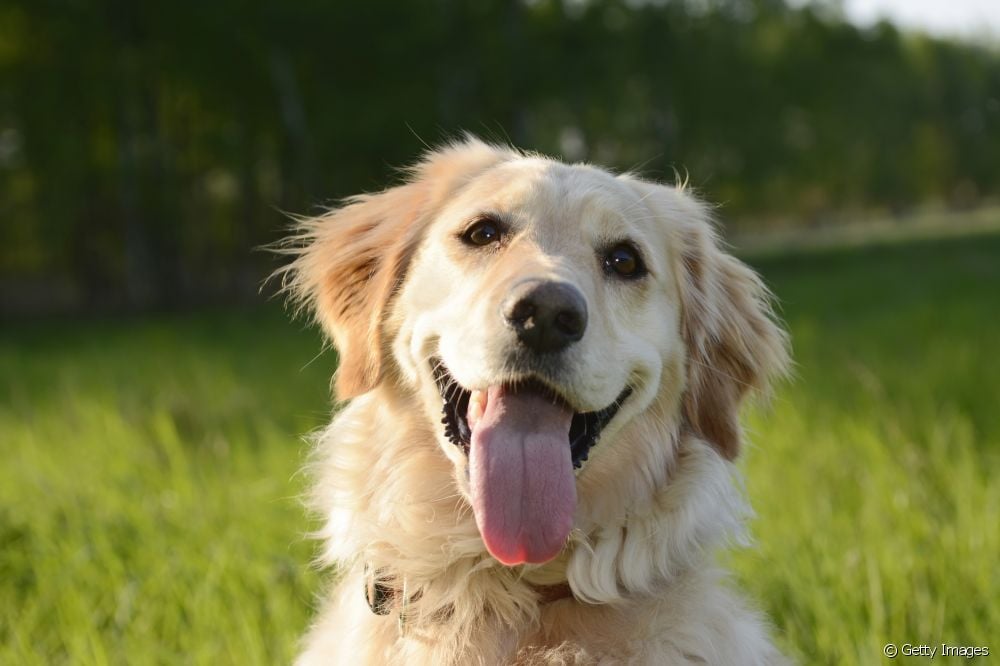
Table of contents
Did you know that the Golden Retriever sheds a lot of hair throughout the year, while the Shih Tzu breed sheds a lot of hair only during coat change periods? Each breed has its own specificities, and some puppies may end up losing more hair on a daily basis than others. This is usually explained by genetic issues and due to the type of coat of the animal. Therefore, it is important to knowwhich dog loses a lot of hair to avoid surprises - believe me: sooner or later, the tufts scattered around the house will appear.
Want to know which breeds are more likely to suffer from the problem? We have prepared a list of the dogs that suffer the most from hair loss and answered the main questions about the subject. Just take a look!
Why do dogs shed?
It is normal for a dog to shed a lot of hair, especially if it belongs to a breed that has this as one of its characteristics. Physiological hair loss usually happens when the hairs or hair follicles age and fall out. It is a natural process that is part of the renewal of the coat. This cycle has three phases: growth, rest and fall. So, if you see your dog's hair falling outvery, don't be alarmed: it's likely that your dog is going through the coat change period.
The dog loses a lot of hair usually in the transition seasons - spring and autumn - which is when the renewal of the hair occurs. It is as if the animal's body were preparing for the arrival of summer or winter. Age does not even interfere with the process: both a puppy dropping a lot of hair and an adult dog usually go through this period of change.
Hair loss in dogs: which breeds are most common?
Although it happens to all dogs, shedding is more common in some breeds. The result is a dog shedding a lot of hair all year round - and you need to be prepared for this situation so you don't get caught off guard. See below which breeds shed the most hair to make things easier for you and your pooch!
1) Golden Retriever

The Golden sheds a lot of hair! That's because the coat change is intense and very fast - and you'll need to keep up with that pace with some dedication. With straight or wavy hair, and a dense and resistant undercoat, your dog will need at least four daily brushes to keep the hair healthy. A dose of patience will also be required, but including brushing in the routineit will become easier and easier to take care of the Golden Retriever.
Another possibility to avoid the dog's hair falling in excess is to opt for trimming, which is specific to the breed and must be done by a professional. The cut removes the animal's undercoat in specific regions - ears, paws and the back of the pet -, which helps in thermal comfort and decreases the density of the coat.
2) German Shepherd

Have you ever wondered why the German Shepherd sheds a lot of hair? The answer has to do with the origin of the breed: coming from Nordic countries, the German Shepherd dog has a very thick coat to protect itself from low temperatures. It has a double-layered coat with undercoat, the outer layer being softer and the inner layer being thicker and thicker. Daily brushing can help to considerably reduce the hair shed.hairs scattered around the house.
Grooming also reduces hair loss, but the cut should not take away too much of the length of the hair. It is worth remembering that the German Shepherd sheds a lot of hair if it is bathed in short intervals or if it has any problems, so keep an eye on it!
3) Labrador
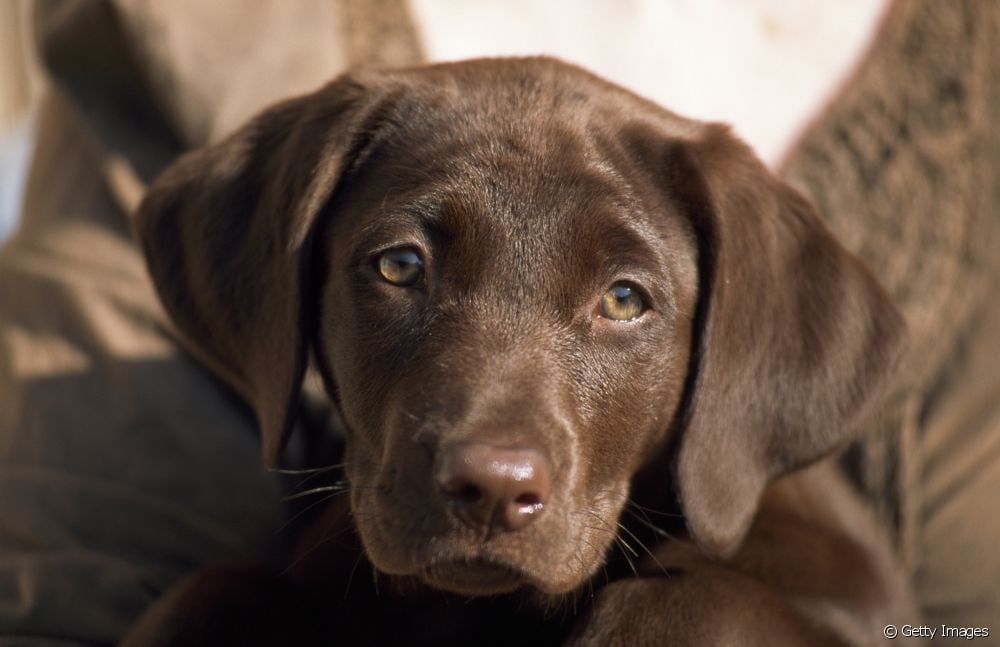
Like its cousin the Golden Retriever, the Labrador sheds a lot of hair. The amount, as well as the frequency of the Labrador's hair change, is quite intense and can scare first-time pet parents. The good news is that the breed has a much smaller thickness and volume of hair than the Golden, making it easier to brush and care for constantly. The Labrador dog has a very characteristic coat:short, dense, not wavy or fringed, with a strong undercoat.
Grooming is not necessary for this breed, unless it is the hygienic grooming to "clean" some parts of the pet's body. However, an attitude that should not be left aside is the daily brushing of the Labrador so as not to accumulate the so-called "dead hair".
4) Siberian Husky

Another Nordic breed that is even more accustomed to the cold than the German Shepherd is the Siberian Husky. Long and even thicker hair is one of the main characteristics of the breed, which is very fluffy and has a double coat. The Husky changes its hair constantly, so it requires special attention at all times of the year. To prevent the accumulation of hair around the house and on the animal itself, you will need todedicate themselves to daily brushing and must be careful with the products at the time of bathing.
Unlike other breeds that can have a little extra help from the groomer, the Husky cannot be groomed. The maximum that is allowed is to trim the tufts that form between the toes and around the paws of the dog, to facilitate its locomotion.
5) Dobermann
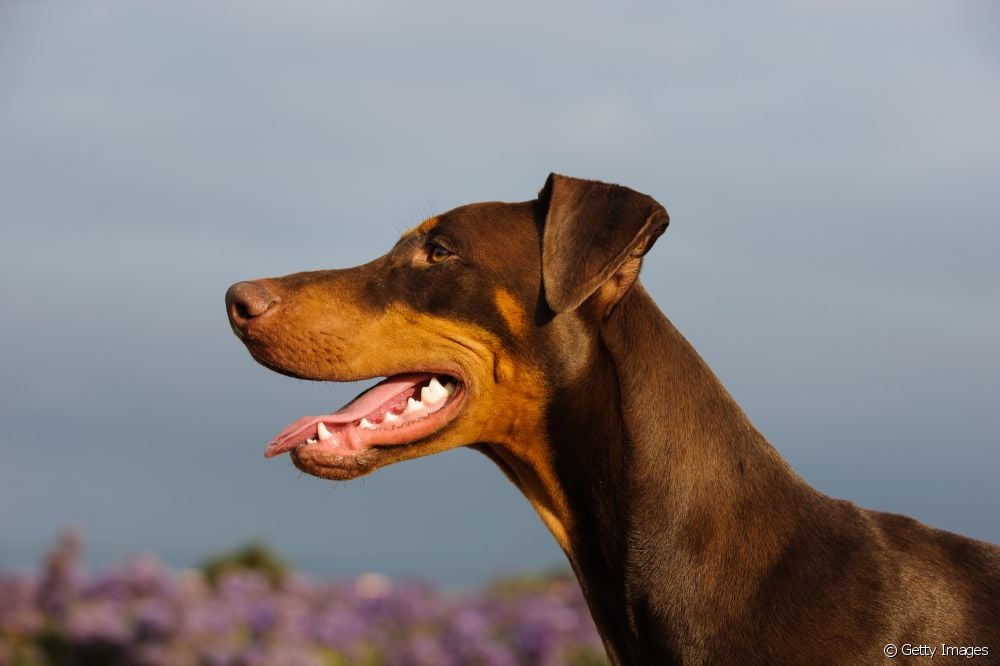
Not only long-haired breeds are on this list, but the Doberman has short, hard, thick hair that sits perfectly on the skin, but the coat change is intense and occurs very often. The good news is that, unlike a Husky that sheds a lot and has a longer coat, the Doberman's brushing is not so laborious. Care is necessary to maintainthe shiny strands, just like bathing and grooming, but they are less time-consuming processes.
6) Chow Chow
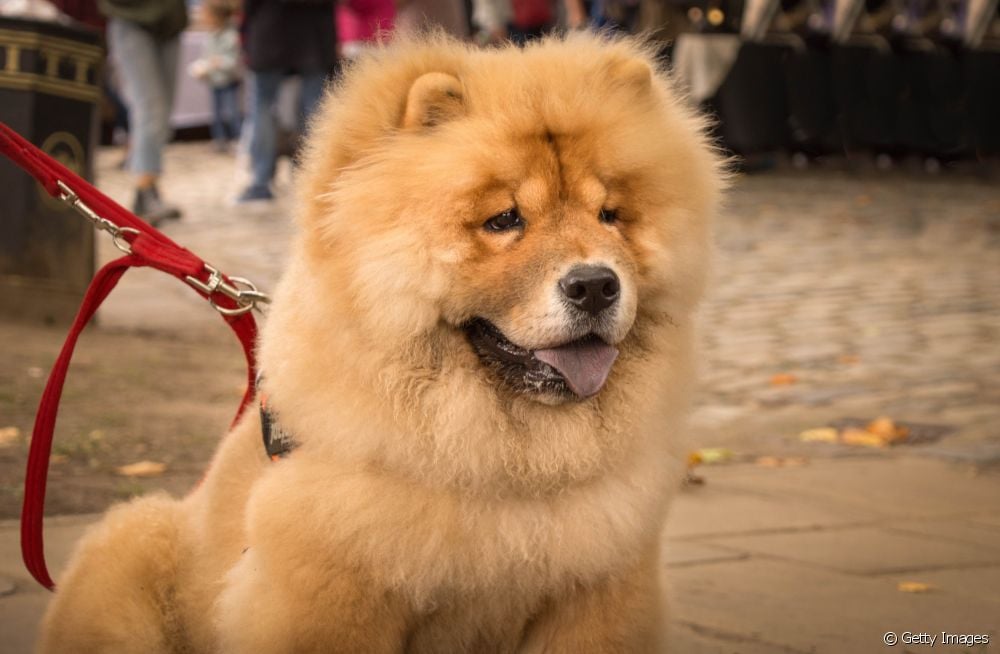
The Chow Chow sheds a lot of hair and no wonder: this is one of the hairiest breeds in the world and came from colder countries than ours. Therefore, it is natural that this is a dog that drops a lot of hair throughout the day, and in the seasons of exchange this is even more accentuated. With dense, abundant hair and a texture that varies between smooth and rough, these dogs, the tip is not to be frightened by a Chow Chowfalling a lot of hair, because for the breed this is something natural and constant.
Even so, it will require some dedication from the guardian. Daily brushing and care with bath products are essential. Also, for those who wonder if you can shear Chow Chow, the answer is: you can, but always with great care and no machines!
7) Pug

Don't be fooled by the Pug dog! Although small and with short, fine and smooth hair, it will be normal to find a few tufts scattered around the house if you have a puppy of this breed. As with the Doberman, the advantage is that the Pug is a very easy dog to take care of. He usually doesn't stress about anything, so you won't have a problem brushing him. Do frequent brushingduring the week and his fur will always be very healthy and silky.
8) Chihuahua

Small and fluffy, the Chihuahua can have two coat variations: short or long. They are usually accompanied by a thin layer of inner undercoat, but regardless of coat type, the Chihuahua sheds frequently throughout the year - sometimes in greater or lesser amounts. The breed has a very fast metabolism, which explains why the dog sheds a lot of hair even outsideof the trading season.
Hygienic grooming is usually indicated for Chihuahua puppies with long hair. Short-haired puppies should only be brushed and maintain a hygiene routine established by the guardian.
9) Samoyed
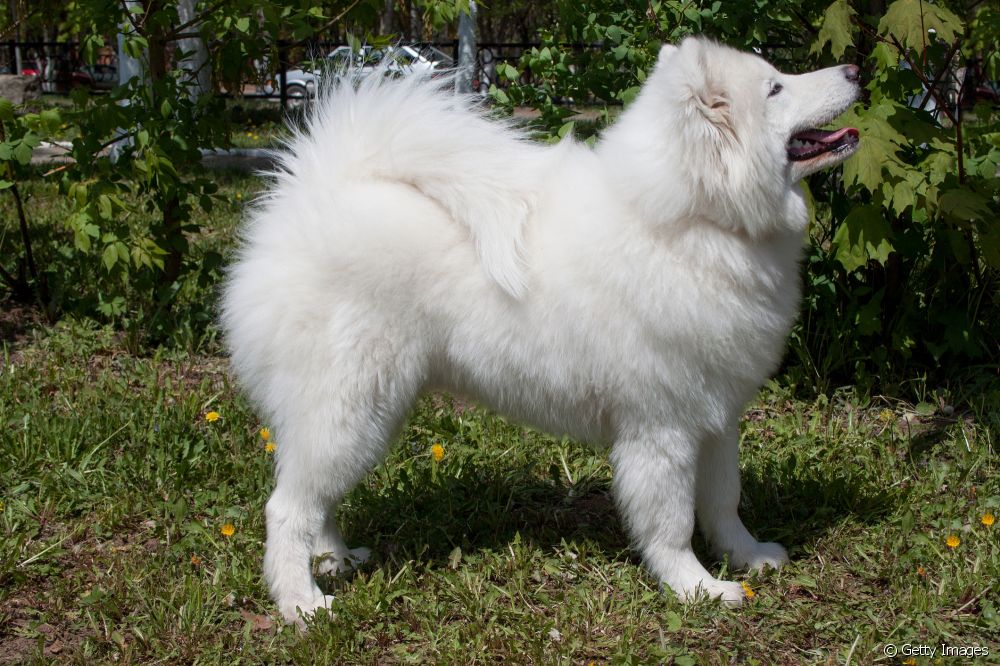
The Samoyed sheds a lot of fur! If you intend to have such a breed, you should prepare for the amount of white threads scattered throughout the house (and even on your clothes). The Samoyed breed originates from Siberia and has a double coat, with long, rough and straight outer hair; and short, soft and dense undercoat to withstand low temperatures. Therefore, it sheds a lot of fur and requires careDaily brushing is ideal to reduce the amount of dead hair on your pet's body and in your home.
For those who are looking for other alternatives and immediately think of clipping, we warn you that it is not indicated. Even though it is a dog that sheds a lot of hair, the Samoyed should not be clipped, not even in summer, because its hair acts as a thermal insulation against the wire and the heat.
10) Vira-lata

The mongrel sheds a lot of hair, especially if it is more hairy and/or has a coat with the presence of undercoat. But, of course, you will only end up discovering this in practice, since it is very difficult to identify these characteristics without the minimum of living with the puppy. There are also dogs without a defined breed that do not lose as much hair, but if you have a hairy puppy mongrel, they are highthe chances of it having this characteristic, and it is necessary to brush it frequently.
My dog sheds a lot, when can this be a problem?
If this isn't a particular breed trait and you're not in the seasonal shedding period, there may be something wrong with your friend. A Shih Tzu shedding a lot of hair other than in the spring and fall, for example, should set off alarm bells, as the breed hardly sheds any hair normally.
Dog hair falling out excessively or causing hair loss is called canine alopecia and can be due to allergies, infections, parasite infestation and systemic or hormonal diseases. Therefore, an evaluation with a dermatologist veterinarian is essential to unravel the reasons for the dog shedding a lot of hair for no apparent reason.
What to do when a dog sheds too much hair?
A dog shedding a lot of hair should not be a problem in your life. There are specific products to reduce the amount of hair that can spread around the house, but the guardian must also have the responsibility to brush and care for the dog's hair regularly. Here are some tips:
- Use a brush that is appropriate for the type of dog's coat. Long-haired dogs need more widely spaced bristles, and short-haired dogs need more closely packed bristles. A scraper is great for detangling and removing dead hair.
- The dog hair removal glove fulfills the same role as the brush, and is even more practical. It serves both to remove dead pet hair and to remove those that are loose around the house. Just put them on and pass them over pillows, beds and sofas.
- Invest in a handheld vacuum cleaner, which is ideal for cleaning floors, carpets and upholstery quickly and efficiently, while reducing the amount of hair that is scattered around.
- The adhesive roller is also useful for caring for a dog that sheds a lot of hair. It, like gloves, helps to remove hair from different surfaces, but it does not serve to remove the dog's hair.
Is there a dog that does not shed hair?
There are no dogs "immune" to hair loss. As we have already seen, at least twice a year there is physiological hair loss, which falls naturally and is renewed by the birth of new ones. However, there is the possibility of choosing a breed of dog that loses hair less easily.
For those who wonder if Pitbull sheds a lot of hair, for example, the answer is no. The same goes for the Shih Tzu, which sheds a lot of hair only in spring and autumn (and even then, in a very controlled way, compared to other breeds). Other dog breeds that have this characteristic are the Maltese, Bichon Frisé, Boston Terrier, Poodle and Basenji.

